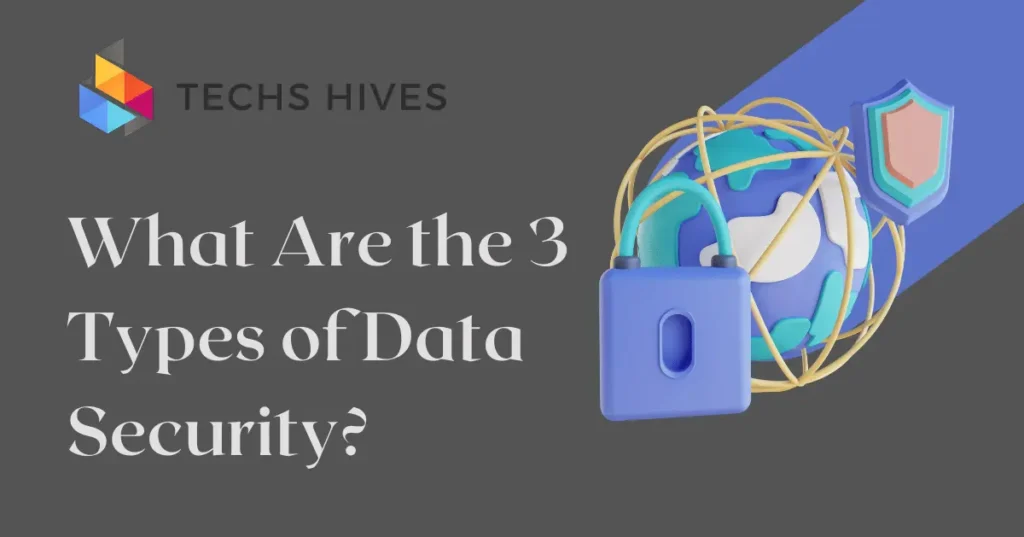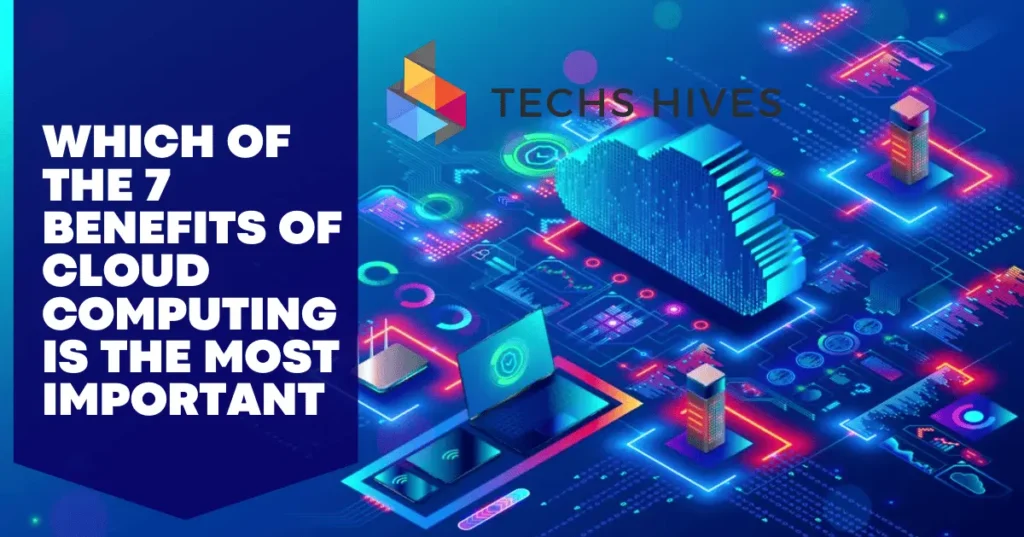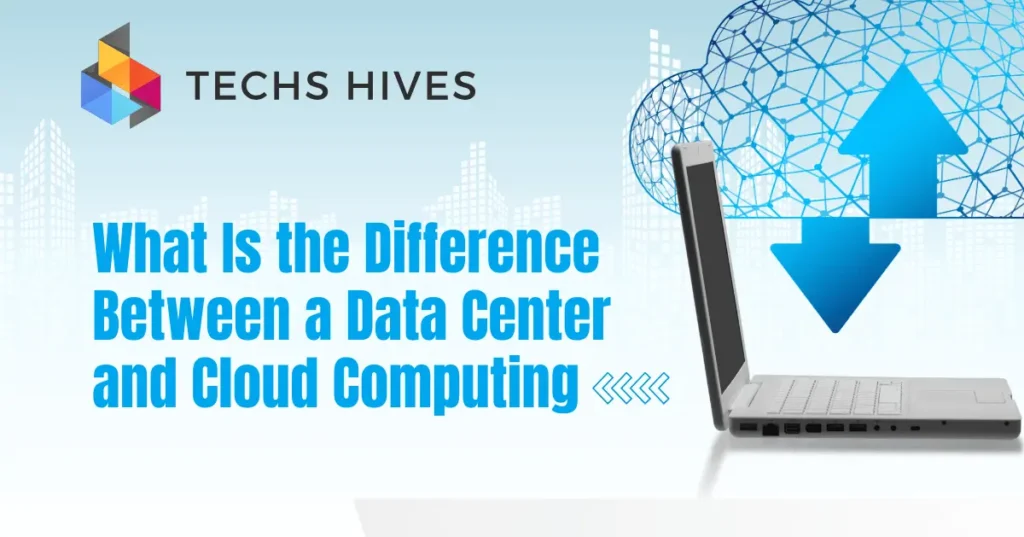Data security is the practice of protecting information from unauthorized access, corruption, or theft. It involves various strategies and measures to safeguard data across physical and digital platforms. Organizations use data security to maintain the privacy and integrity of their sensitive information, such as personal details, financial records, and proprietary data. By implementing strong data security measures, businesses can reduce the risks associated with data breaches and cyberattacks.
The importance of data security cannot be overstated. In the technology full of the world, data is a valuable asset. Protecting it helps build trust with customers and partners. When organizations secure their data, they minimize potential financial losses and legal consequences from data breaches. Strong data security practices ensure compliance with regulations and standards, which can prevent costly penalties.
Table of Contents
Type 1# Physical Security
Physical security involves protecting the physical assets of an organization. This includes safeguarding buildings, equipment, and other tangible resources from unauthorized access, damage, or theft. Physical security measures aim to prevent intruders from entering sensitive areas and to ensure the safety of personnel and data.
Examples of Physical Security Measures
- Access Controls: Use of locks, security badges, and biometric systems (like fingerprint or facial recognition) to restrict access to authorized personnel only. This ensures that only those with the necessary permissions can enter sensitive areas, reducing the risk of unauthorized access.
- Surveillance Systems: Installation of security cameras and monitoring systems to observe and record activities within and around the premises. These systems can be equipped with motion detection and alert features, allowing for real-time monitoring and immediate response to suspicious activities.
- Environmental Controls: Implementing measures like fire alarms, smoke detectors, and climate control systems to protect physical assets from environmental hazards. For example, using fire suppression systems can prevent damage to equipment from fire incidents, while climate control helps maintain optimal conditions for sensitive electronic equipment.
- Security Personnel: Employing trained security guards to monitor premises and respond to incidents. Their presence can act as a deterrent to potential intruders and provide immediate assistance in emergencies.
Type 2# Technical Security
Technical security refers to the protection of digital information through technology-based measures. It involves the use of software and hardware solutions to safeguard data from unauthorized access, corruption, or theft. Technical security is crucial in today’s digital landscape, where cyber threats are prevalent.
Common Technical Security Measures
- Firewalls: Firewalls act as a barrier between a trusted internal network and untrusted external networks. They monitor incoming and outgoing traffic, blocking unauthorized access while allowing legitimate communications.
- Encryption: Encryption transforms data into a coded format, making it unreadable to unauthorized users. This ensures that even if data is intercepted during transmission or storage, it remains secure and confidential. Encryption is essential for protecting sensitive information like financial records and personal data.
- Intrusion Detection Systems (IDS): IDS monitor network traffic for suspicious activities or policy violations. They can alert administrators to potential threats in real time, allowing for a quick response to mitigate risks.
- Regular Software Updates: Keeping software and systems updated is critical for security. Updates often include patches that fix vulnerabilities, making it harder for attackers to exploit known weaknesses in software.
- Multi-Factor Authentication (MFA): MFA adds an extra layer of security by requiring users to provide multiple forms of verification before accessing accounts or systems. This could include a password, a text message code, or biometric verification.
Type 3# Administrative Security
Administrative security focuses on the policies, procedures, and practices that govern the management and protection of information within an organization. It involves establishing guidelines to ensure that all employees understand their roles and responsibilities regarding data security. Administrative security is essential for creating a culture of security and accountability within the organization.
Key Administrative Security Practices
- Policies and Procedures: Developing comprehensive security policies that outline acceptable use of technology, data handling, and incident response. These policies provide a framework for employees to follow and help ensure consistency in security practices across the organization.
- Training and Awareness: Regular training sessions for employees to raise awareness about security risks, best practices, and their specific roles in maintaining data security. This training can cover topics such as phishing awareness, password management, and safe internet practices.
- Risk Management: Conducting regular risk assessments to identify vulnerabilities within the organization and develop strategies to mitigate those risks. This involves evaluating potential threats and determining the best methods to protect sensitive data.
- Access Control Management: Implementing procedures to manage user access to sensitive information. This includes granting permissions based on job roles, regularly reviewing access rights, and revoking access for employees who leave the organization.
- Incident Response Planning: Establishing a clear plan for responding to data breaches or security incidents. This plan should outline the steps to take when an incident occurs, including communication protocols, investigation procedures, and recovery strategies.
Future Trends in Data Security
As technology evolves, so do the challenges and solutions related to data security.
Increased Use of Artificial Intelligence (AI)
AI and machine learning are becoming essential tools in data security. These technologies can analyze vast amounts of data to identify patterns and detect anomalies. AI can help organizations predict potential threats, automate security responses, and improve overall incident detection capabilities.
Zero Trust Security Model
The zero trust approach operates on the principle of “never trust, always verify.” Organizations adopting this model require strict identity verification for every individual accessing their systems, regardless of their location. This trend emphasizes securing every access point and reducing the risk of insider threats.
Enhanced Encryption Techniques
As cyber threats become more sophisticated, so too must encryption methods. Future encryption techniques will likely focus on advanced algorithms and quantum-resistant technologies to protect data from emerging threats. This will be crucial for securing sensitive information in transit and at rest.
Privacy-First Approaches
With increasing awareness and regulations surrounding data privacy, organizations will prioritize privacy in their data security strategies. This includes implementing data minimization practices, enhancing user consent mechanisms, and ensuring compliance with regulations like GDPR and CCPA.
FAQs
Q1. What is the main purpose of data security?
The main purpose of data security is to protect sensitive information from unauthorized access and breaches. It ensures the confidentiality, integrity, and availability of data within an organization.
Q2. How often should security policies be updated?
Security policies should be reviewed and updated regularly, ideally at least once a year. Changes in technology, regulations, or business operations can require updates to keep the policies relevant.
Q3. What is the role of employees in data security?
Employees play a critical role in data security. They must follow established security protocols, participate in training, and remain vigilant against potential threats like phishing attacks.
Q4. What are common signs of a data breach?
Common signs of a data breach include unusual account activity, missing files, or slow system performance. Organizations should investigate any suspicious behavior immediately.
Q5. How can small businesses improve data security?
Small businesses can improve data security by implementing strong passwords, using encryption, conducting regular security training, and having an incident response plan. Simple measures can make a significant difference.
Conclusion
Data security is essential for protecting sensitive information in today’s digital world. Understanding the three types of data security physical, technical, and administrative is crucial for any organization. Each type plays a unique role in safeguarding data from various threats. By combining these security measures, businesses can create a strong defense against potential breaches.
Implementing effective data security practices helps build trust with customers and stakeholders. Organizations must prioritize security to prevent financial losses and legal issues resulting from data breaches. Regularly reviewing and updating security strategies will ensure that they remain effective against evolving threats.



